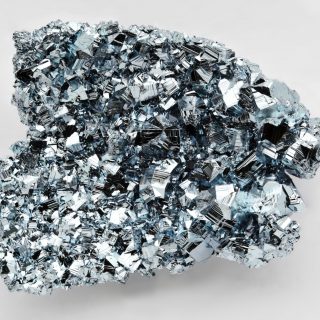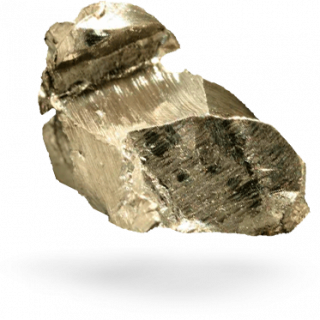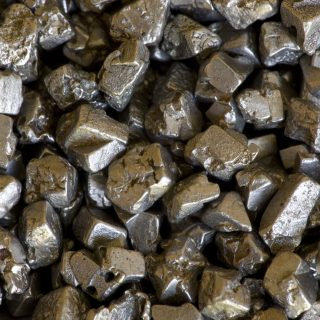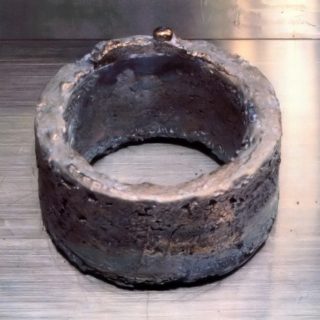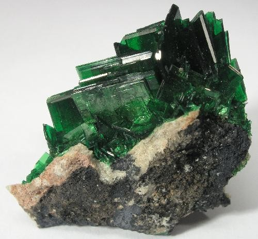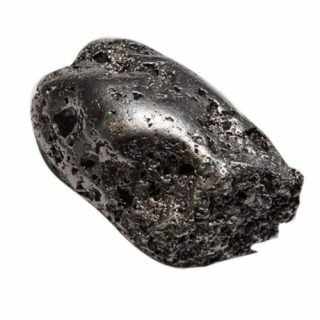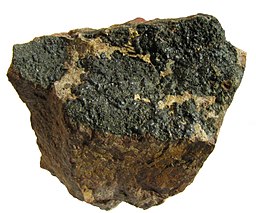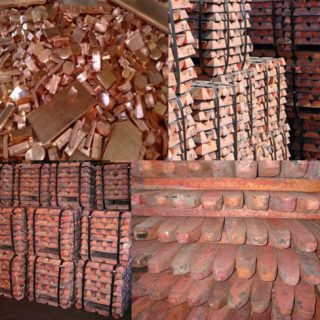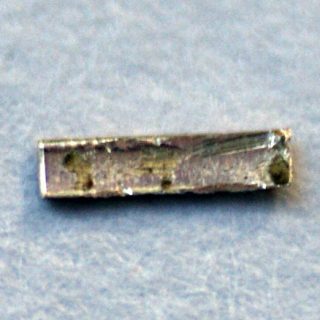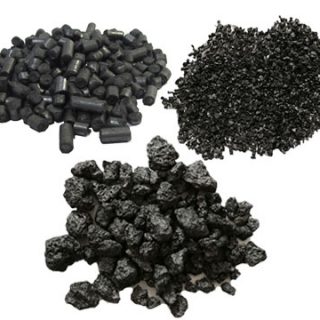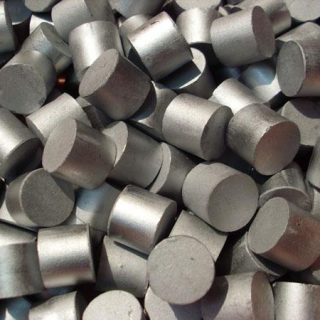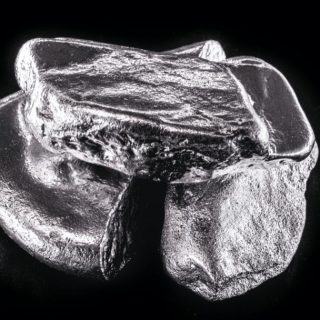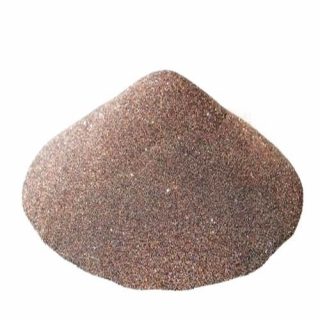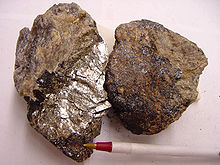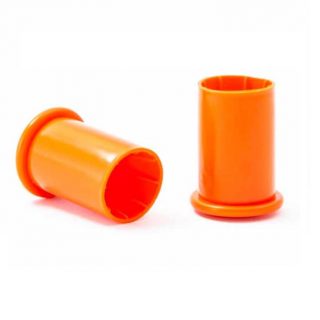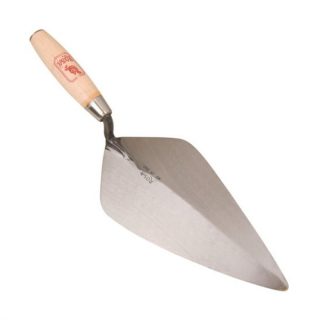Category: Rare Earth Mining
Rare Earth Mining
Showing 49–64 of 83 results
-
Osmium is lustrous, silvery metal, one of the so-called platinum group of metals. It is the densest metal known, althoung only by the narrowest margins. Osmium is uneffected by water and acids, but dissolves with molten alkalis. Osmium powder reacts slowly with the oxygen of the air and gives off detacteble amounts of osmium tetroxide …
-
• Beams Steel • Fabrics Welded Mesh • Ferrous Metals • Fittings Stainless Steel • Flooring Handrailing Systems • Grate Plates • Gratings Open Grid • Gratings Steel • Grids • Grids Flexible • Grids Wire • Handles Swimming Pool Aluminium • Metal Items Other • Pressings Metal • Pressings Stainless Steel • Rings Rolled …
-
Palladium, together with rhodium, ruthenium, osmium, iridium, and platinum form a group of elements referred to as the platinum group metals (PGM). Palladium is a lustrous silver-white metal. It has a face-centered cubic crystalline structure, at ordinary temperatures it is strongly resistant to corrosion in air and to the action of acids. It is attacked by hot acids, and it dissolves in aqua regia. It forms many compounds and several complex salts. Palladium has a great ability to absorb hydrogen (up to 900 times its own volume).
-
Platinum is a chemical element with the symbol Pt and atomic number 78. It is a dense, malleable, ductile, highly unreactive, precious, silverish-white transition metal. Its name originates from Spanish platina, a diminutive of plata “silver”. Platinum, a highly valued and desired metal, has a wide range of uses, including jewelry, catalytic converters, electrical contacts, …
-
Plutonium was discovered in 1941 by Dr. Glenn T. Seaborg and Edwin McMillan, Kennedy, and Wahl by deuteron bombardment of uranium in the 60-inch cyclotron of the Berkeley Radiation Laboratory at the University of California, Berkeley, but the discovery was kept secret. It was named after the planet Pluto, having been discovered directly after Neptunium. …
-
Polonium is a radioactive, extremely rare semi-metal. It is reactive, silvery-gray, it dissolves in dilute acids, but it is only slightly soluble in alkalis. it is fairly volatile: about half of a sample of it will evaporate within 3 days (unless it is kept in a sealed container). Applications Polonium was once used in textile …
-
Praseodymium is a soft malleable, silvery-yellow metal. It is a member of the lanthanide group of the periodic table of elements. It reacts slowly with oxygen: when exposed to air it forms a green oxide that does not protect it from further oxidation. It is more resistant to corrosion in air the other rare metals, …
-
Promethium is a rare-earth metal that emits beta radius. It is very radoiactive and rare, so it is little studied: its chemical and physical properties are not well defined. Promethium salts have a pink or red colour that coluors the surroundings air with a pale blue-green light.
-
Protactinium is a silver metallic element that belongs to the actinide group. It is malleable, shiny, silver-gray, radioactive. It does not tarnish rapidly in air, it is attacked by oxygen, steam and acids, but not by alkalis. It is superconductive at temperatures below 1.4 K.
-
Copper is a chemical element with the symbol Cu and atomic number 29. It is a soft, malleable, and ductile metal with very high thermal and electrical conductivity. A freshly exposed surface of pure copper has a pinkish-orange color.
-
Radium is silvery, lustrous, soft, intensely radioactive. It readily oxidizes on exposure to air, turning from almost pure white to black. Radium is luminescent, corrodes in water to form radium hydroxide. Although is the heaviest member of the alkaline-earth group it is the most volatile.
-
Recarburizer, also know as carbon additive, carbon raiser. It is a product for increasing the carbon element (C).During the steel making process, various factors may cause the carbon content in the molten steel to decrease. This will affect the quality of the finished steel. So, steel mills usually purchase carbon reductants to cope with the …
-
Rhenium is a silvery metal but rarely seen as such on account of its high melting point, which is the third highest after carbon and tungsten. Rhenium is very hard, it resists corrosion but slowly tarnishes in moist air. Applications Rhenium is used as an important component in superalloys for blades in turbine engines and …
-
Rhodium, together with ruthenium, palladium, osmium, iridium, and platinum form a group of elements referred to as the platinum group metals (PGM). Rhodium metal is lustrous and silvery white. Rhodium has a higher melting point and lower density than platinum. It has a high reflectance and is hard and durable. Upon heating it turns to …
-
Rutile is a mineral composed primarily of titanium dioxide, TiO2. Rutile is the most common natural form of TiO2. Predominantly used as a raw material for chloride titanium dioxide pigment manufacture. Also used in titanium metal production and welding rod fluxes. The main uses for Rutile are the manufacture of refractory ceramic, as a pigment, …
-
Samarium is a silvery-white metal belonging to the lanthanide group of the periodic table. It is relatively stable at room temperature in dry air, but it ignites when heated above 150 C and forms an oxide coating in moist air. Like europium samarium has a relatively stable oxidation state (II). Applications Samarium is used as …

